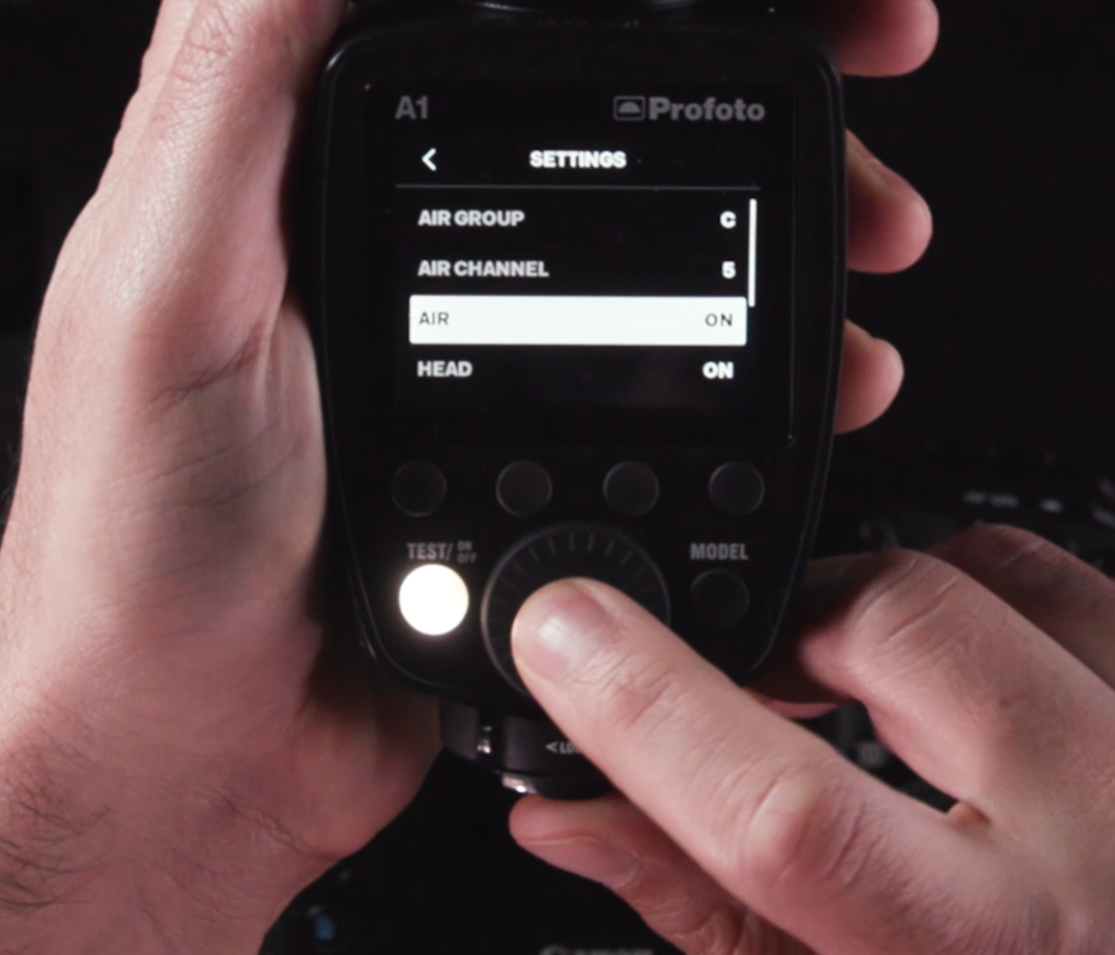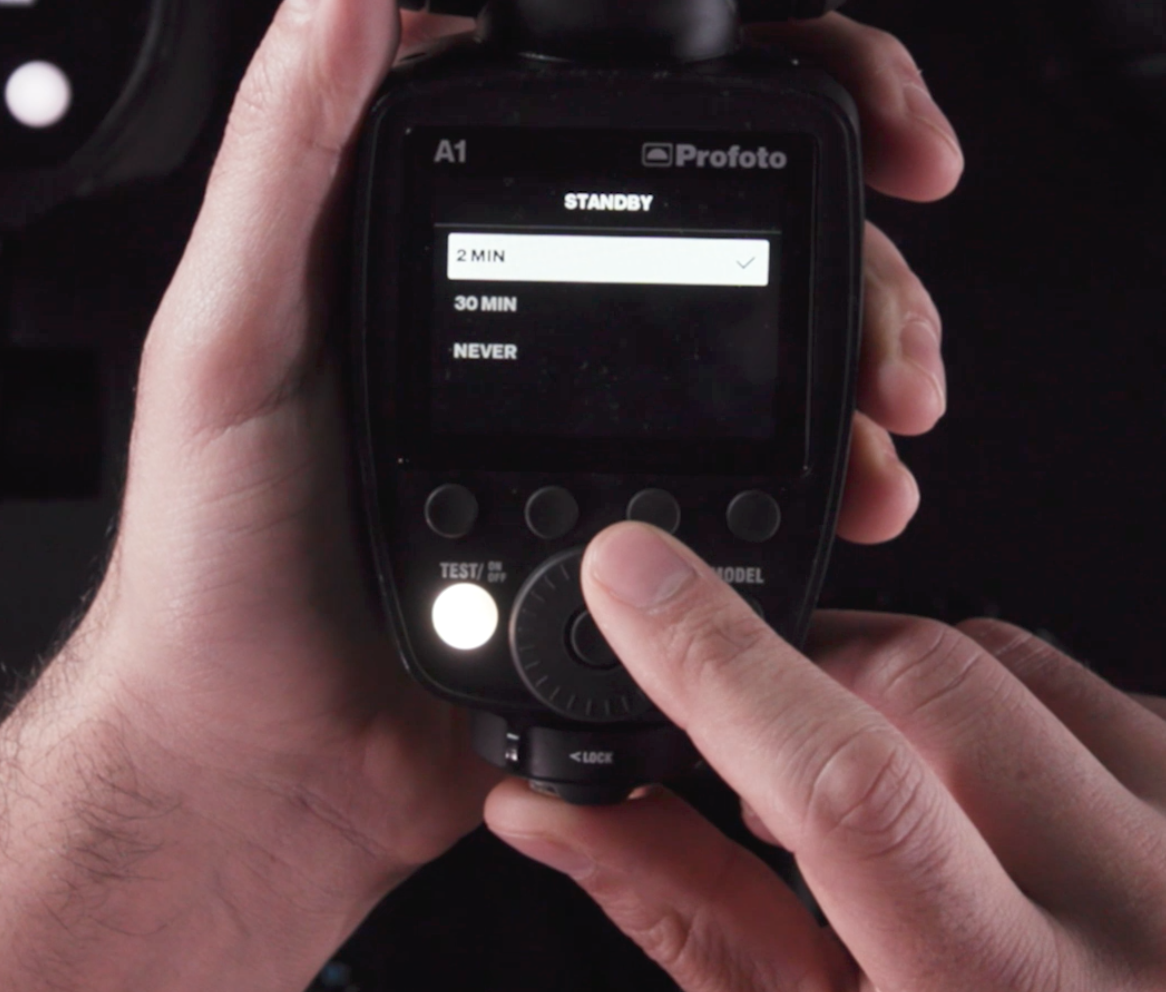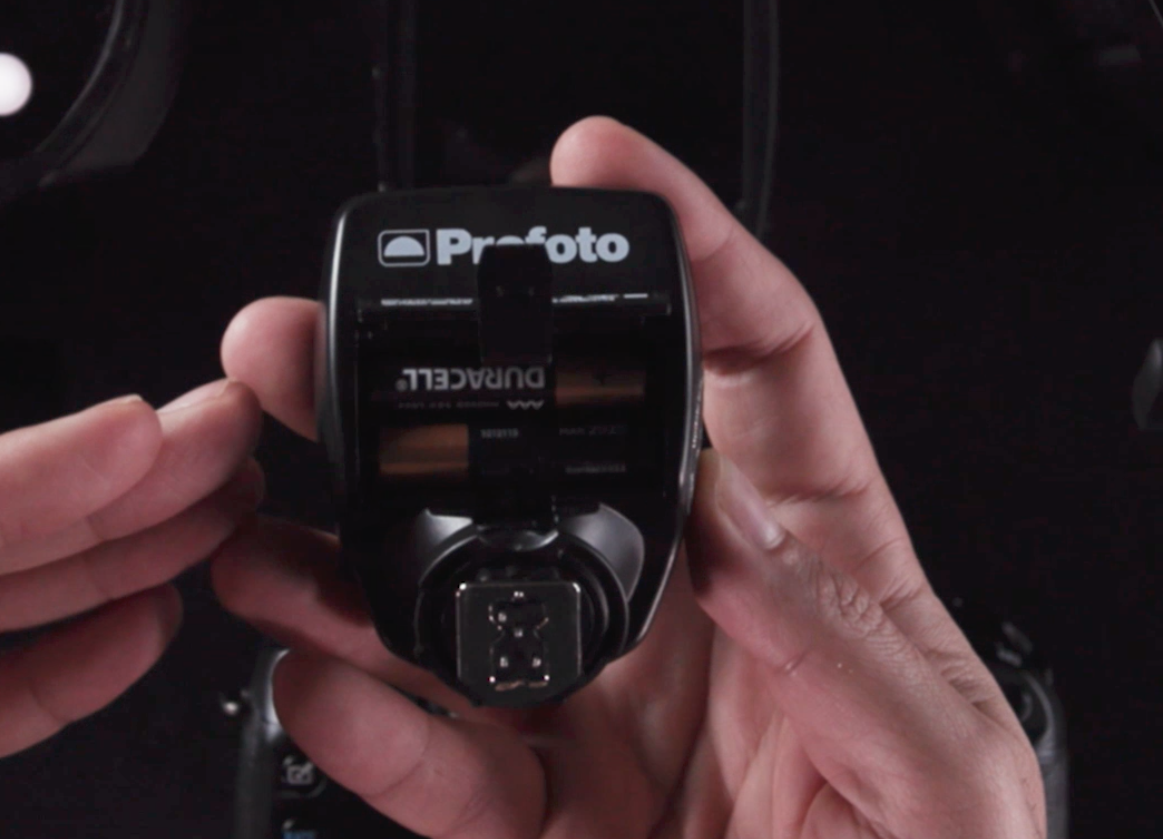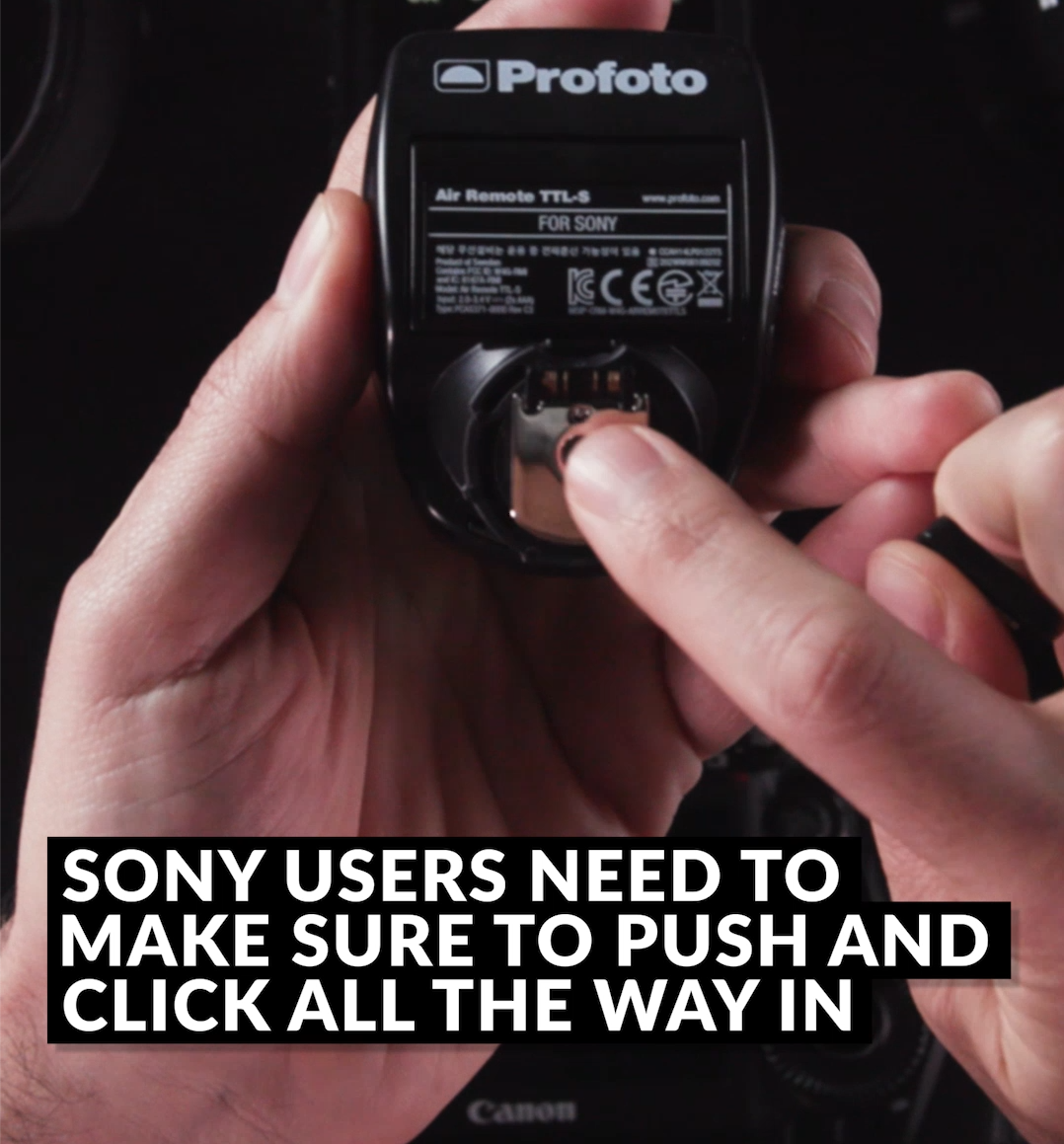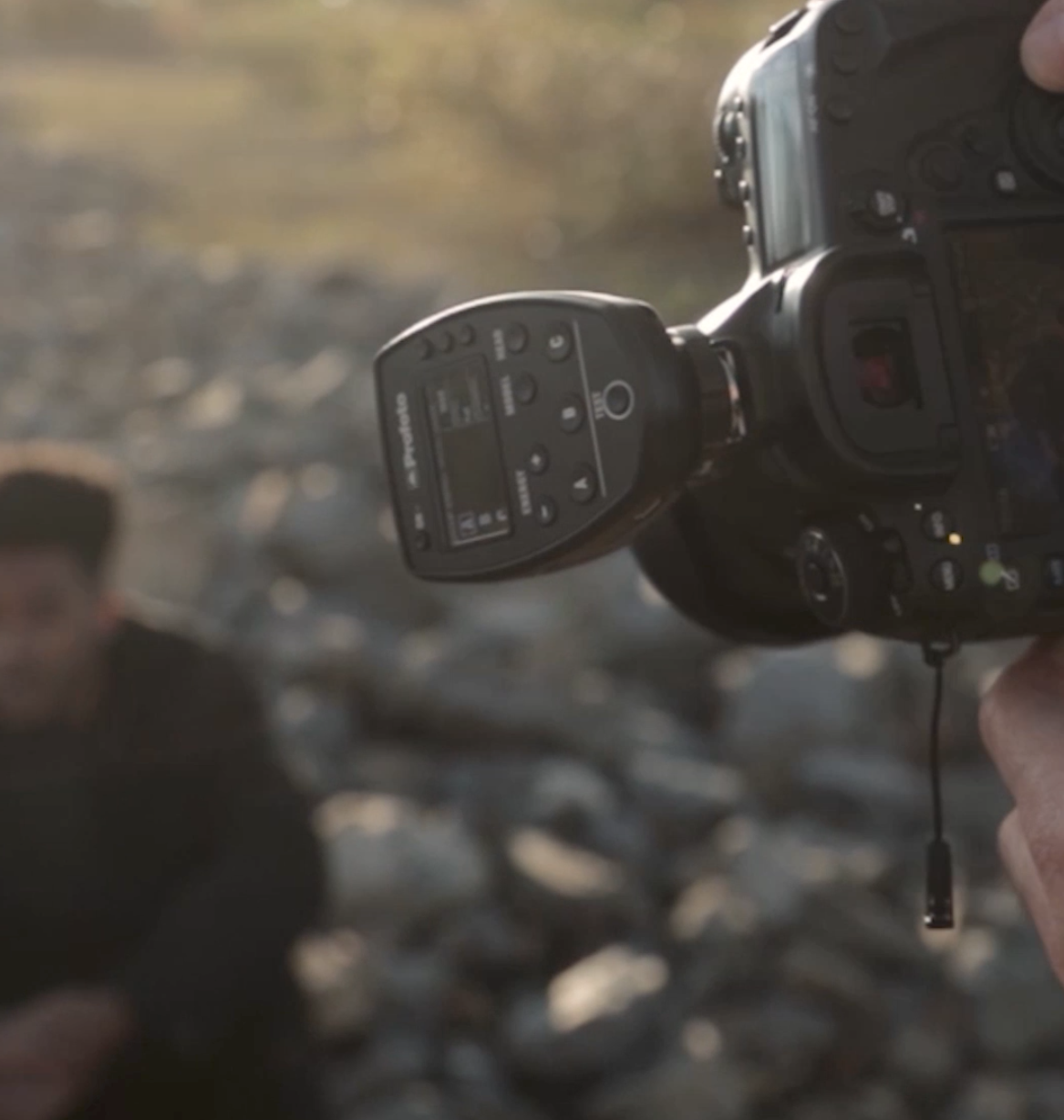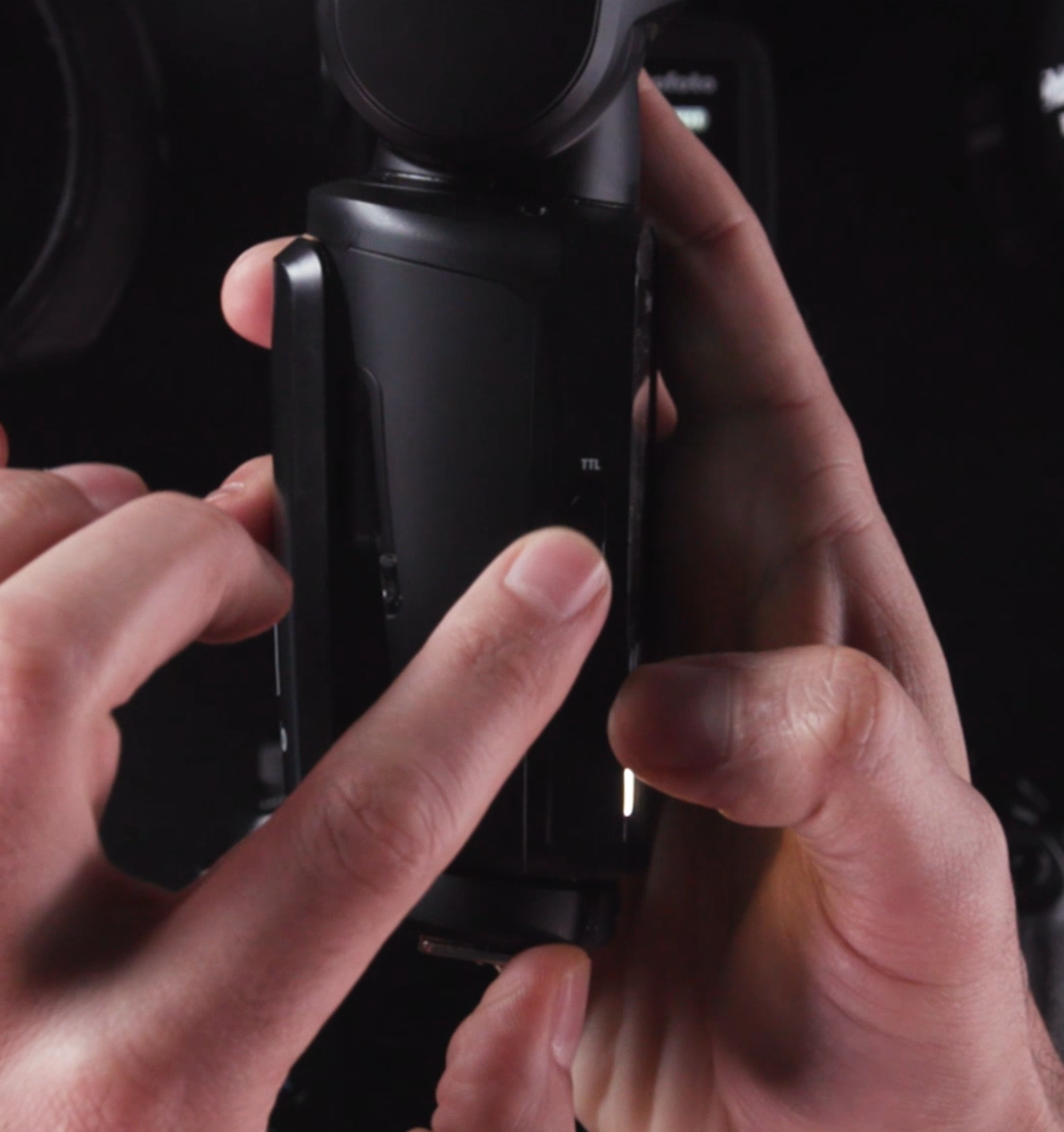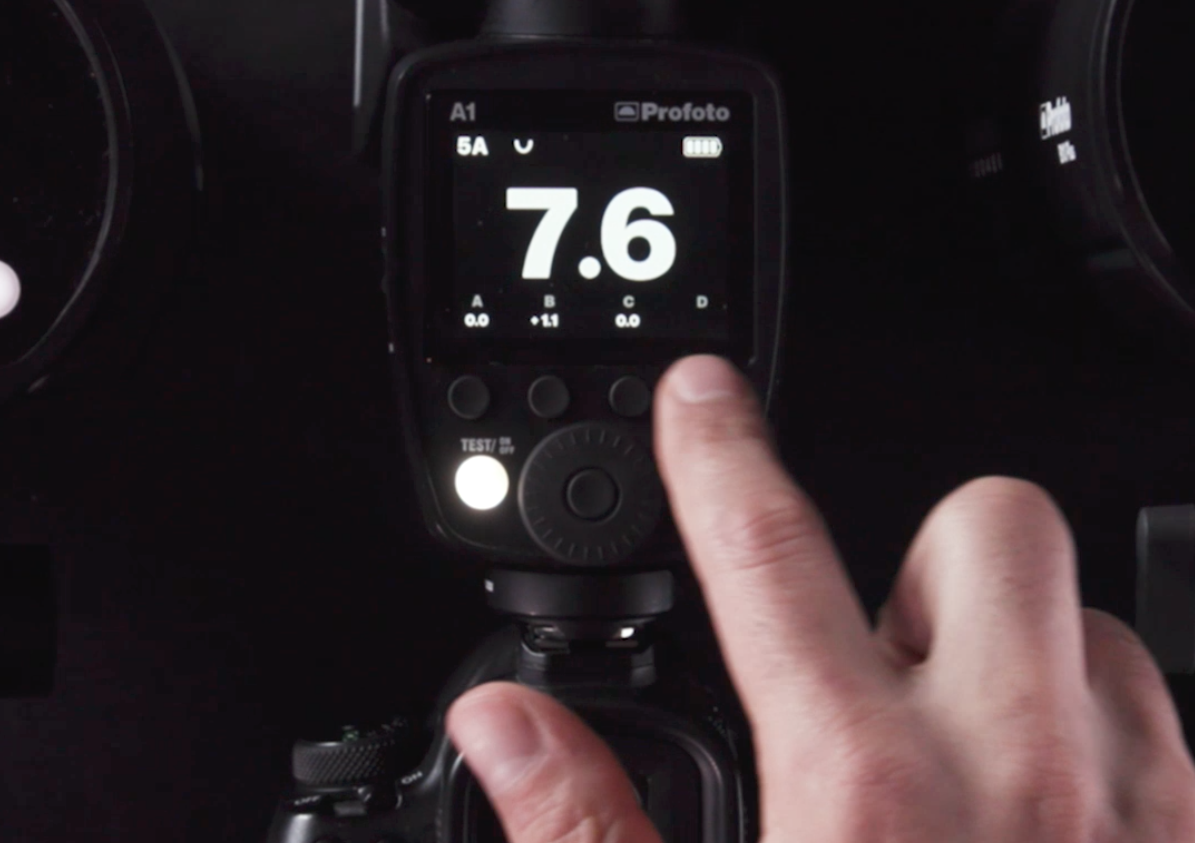Welcome to the IGTV series we’re doing every two weeks on Profoto’s Instagram called “Slice of Pye.” We’ll cover a myriad of topics, discuss lighting principles, and showcase a ton of Profoto gear in action over the course of the next year, so please join us over on IG.
Tune in to our next episode: May 27th at 2 PM PST!
In this episode, we make it easy to understand how to use radio flash systems, specifically the Profoto Air Remote TTL, as well as the B10 Plus and the A1x. Luckily, the Profoto menu is already intuitive and user friendly, and this video will break everything down into easy-to-follow tips. Watch the full episode below.
Video for How to Troubleshoot Common Off-Camera Flash Problems | Slice of Pye Ep. 20
We wanted to create a series of reference videos for you to look back to if you had issues with your gear, questions about settings, and troubleshooting your flashes. This video is for photographers to address some common off-camera flash problems and how to troubleshoot them while out on a shoot. In this troubleshooting checklist, we’re going to cover two main groupings of issues you can run into regarding off-camera flash; 1) Flash Not Firing and 2) High-Speed Sync vs Power Issues. As a bonus, we’re also going to cover TTL vs Manual.
Step #1 Check Your Channels And Groupings
The first and most common problem we’ll run into is just that our channels and groups are not lined up, so the simple fix is to check your channels and groupings. Check on your remote or A1 Flash if you’re using it to command the rest of your lights. If your lights are on a different channel than your trigger, just adjust accordingly. In my case, I had to go from channel 1 to channel 5. Now that my lights are set to the same channel, just hit my test button and the lights should fire fine.
While you’re in those menus, ensure your flashes are in the right grouping also. As a side note, you’ll notice in the video, my A1 head has the head turned off, this is useful for when you want to use the A1 just as a remote and control your other lights on set. To turn this head back on, simply go into the Head Menu and set the light back to On
[Related Reading: Radio Flash Systems Made Easy | Slice of Pye, Ep. 19]
Step #2 Ensure The “Air” Radio System Is Turned On
Profoto has the radio system labeled as “Air” in their system, and in that Profoto system, if this is set to off or transmit only, certain things are going to happen. When it’s set to “Air Off” you won’t even see channels or groupings in your display anymore. So, if you don’t see that information then you should now know why. From there, go back to step 1 and make sure your channels and groupings are set up properly.
Step #3 Make Sure Your Flash Is Still On (Not In Standby)
After a long day on set, it’s possible that if your flash stops working, while it might be the battery has simply died, it’s also likely that it’s slipped into Standby Mode. After a while of your lights not being used, it could go to sleep to save power. If that’s the case it could take a couple of “test shots” for the lights to wake up and be ready to work again. So if it’s been a few minutes since you’ve been shooting, press the test button to wake up all the flashes before you start shooting and expecting them to fire.
Another option is to jump into the menu system and scroll all the way down to standby, and you can change the duration or set it to never. If you do set it to never, keep in mind that it’ll kill your batteries a little quicker. While it’ll drain things faster, in high-pressure situations like at a wedding, it’s nice to have the lights on never so you never miss a shot.

Something else to keep in mind is that extreme weather can change your battery output and change the way your batteries function. In extreme cold scenarios the displays will often register low power and turn off. Even though they were all freshly charged! Don’t be fooled, just power them back up and you should be good to go once again.
When working in extremely hot environments, you’ll get less power and output from your batteries and they’ll likely die a little bit quicker.
Step #4 Check the Remote Batteries
When the batteries get low in your triggers they can start to behave wonky! If you start to notice this behavior, you should go straight to changing the batteries. Standard batteries will work reliably and the charge indicator will give you a good display of the life you have left. When using rechargeable batteries, it’s possible that the display indicator will show incorrect power levels. So when you’re using rechargeable batteries and the remote is behaving inconsistent, we recommend just changing those batteries out immediately.
Step #5 Check The Hotshoe Seating
Take the remote or flash off the camera, give both sides of the connectors a good wipe with your shirt or cleaning cloths, and then reseat it in your camera, making sure that they sit securely in the hot shoe. This is one of the biggest culprits of flashes not firing properly and a good test to confirm this is by pressing the test button to see if the lights will fire. If they do when pressing this button but won’t when using the camera, it’s a good chance you’re not getting a proper connection. Just make sure everything is seated properly, and especially if you’re a Sony Shooter, you definitely want to protect the pins in between using your triggers.
High-Speed Sync vs Power Issues
Step #6 Adjust For High-Speed Sync
Every camera has it’s own natural sync speed, so be sure to check your manuals to find out what shutter speed your camera operates at before falling into high-speed sync. For this use case, let’s say that the natural sync speed of your camera is 1/200th of a second, what this means is at this speed, the camera can naturally communicate with the off-camera flashes through the remote in time.
When you move into high-speed sync, the camera can no longer do that and what the flash is doing instead, is it’s sending information to the off-camera flash “we’re in HSS, you need to get SOME light into this shot” and what happens is, as soon as the shutter opens, the light begins to pulse all the way through the time period in order to get _some_ light onto your subject. This pulse means you’re getting less light delivered. And how much less depends on your shutter speed. As you get up to the 1/2000 and higher of a shutter speed, you get dramatically less power delivered for your shot.
If you find yourself in HSS and not getting enough light even at full power, it’s likely you’re light just isn’t powerful enough. For instance, a 75 watt-second Speedlight will be reduced to something like a 5 watt-second Speedlight at 1/8000th shutter speed! Using a higher power light like the B10 or B10plus will ensure you’re able to get more light into your shot under the same circumstances.
Another option is to bring your light closer to your subject and mask it out in post, or by using an ND filter so that you can bring your shutter speed back down so you can get the most out of your lighting. Something to note as well with most Profoto lighting is when you are adjusting your shutter speed faster and slower than the natural sync speed, the trigger will recognize this and switch from High-Speed Sync and normal modes automatically and should display this appropriately.
Step #7 Manually Turn On High-Speed Sync
Sometimes, the trigger for your lighting won’t automatically switch into high-speed sync mode which will leave you with black “bands” across your images. What this means is part of your image is covered in light and part of it is dark. So if you notice that band in your image it means the remote cannot sync properly with your shutter speed, so it’s only able to fit light into a part of the image. To fix this be sure to manually turn on the high-speed sync mode, or lower your shutter speed to meet the natural sync speed
TTL vs Manual
Step #8 Make Sure You Are In Manual
If you’re having problems controlling the lights manually, particularly with the A1’s, it’s possible that you’ve bumped the switch on the side of the light into the wrong position. This happens to me a lot when I’m moving my lights around as typically, I never use TTL since I like to manually control each and every light but I’ll still nudge that switch from time to time.
You’ll notice when your lights are in TTL you’ll not see the actual power setting but instead you’ll see “relative” settings with a +/- 2 stops. If you see that instead of the actual power settings on the A1, you’re in TTL, so flip that switch on the side of the light back to manual.
Step #9 Check and Update Your Firmware
So you’ve gone through all of the other troubleshooting steps and you’re still getting some wonky results. At this point, make sure you’re firmware is up to date. In fact, it should be the first thing you do when you unpack your lights for the first time.
If you notice down the road that things are behaving strangely, be sure to go and check if your firmware is up to date. Maybe you’ve gotten a new camera or maybe even the firmware of that camera has been updated which could mean you’ll need an update for your lights and or trigger as well!
Step #10 – Contact Customer Support
If you’ve exhausted each and every one of these steps and you’re still having issues, then we recommend reaching out to the incredible customer support team at Profoto and they’ll be sure to be able to help you out. But we’re pretty sure that 99% of you won’t need to reach out to them as that last and final step.
In case you missed our last episode, you can watch them all on the Profoto IGTV channel! We hope you enjoyed this episode of Slice of Pye, please feel free to share or re-watch the IGTV video at any time to reference the material we covered! For more tutorials and lessons on the fundamentals of lighting, check out our Flash Photography Training System!



